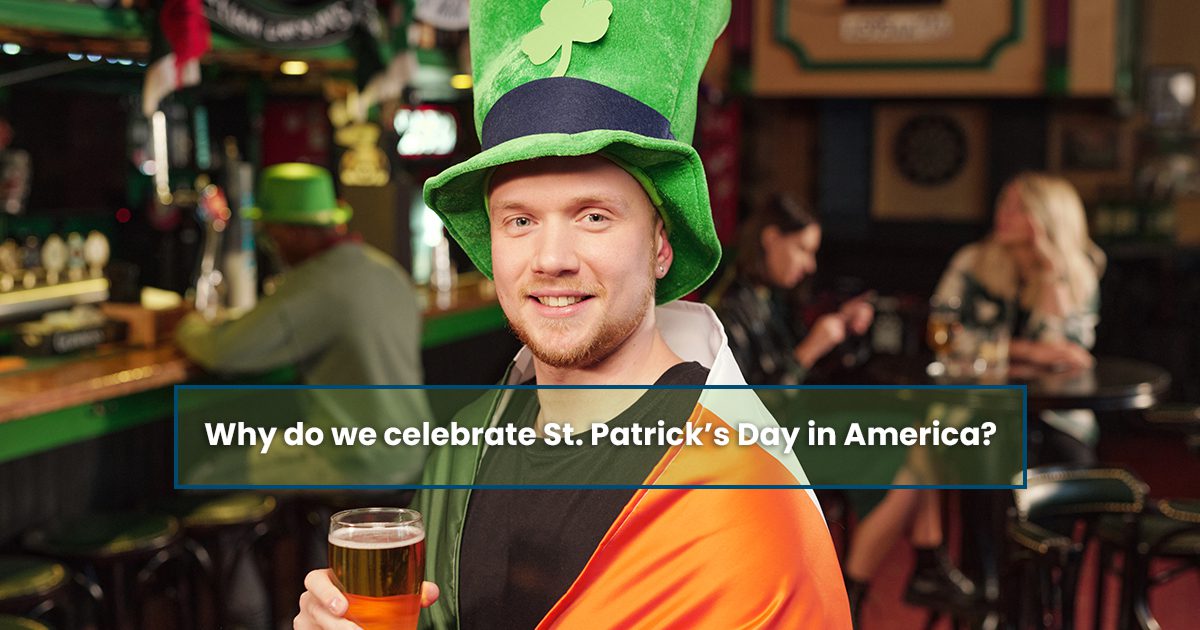
St. Patrick’s Day, celebrating St. Patrick, the patron saint of Ireland, falls on March 17. Born in Britain under Roman rule in the late 4th century, St. Patrick was abducted at the age of 16 and transported to Ireland as a slave. Despite this ordeal, he managed a daring escape, only to return around 432 CE with a mission to spread Christianity among the Irish. By the time of his passing on March 17, 461, he had established monasteries, churches, and centers of learning. Numerous legends surround his legacy, including the tale of banishing snakes from Ireland and utilizing the shamrock to elucidate the concept of the Trinity. The Irish commemorate his day with religious observances and lavish feasts.
In contemporary society, St. Patrick’s Day has evolved into a significant occasion, particularly in the United States, where it has become a secular celebration of Irish heritage. Cities with substantial Irish immigrant populations, often wielding political influence, host elaborate festivities highlighted by grand parades. Boston held its inaugural St. Patrick’s Day parade in 1737, followed by New York City in 1762. Since 1962, Chicago has famously dyed its river green in honor of the holiday. (While traditionally associated with blue, green has become the predominant color of the day.)
Both Irish and non-Irish individuals partake in the festivities by donning green attire or displaying shamrocks, the national symbol of Ireland. Corned beef and cabbage are traditional dishes associated with the holiday, and some even indulge in green-colored beer to mark the occasion. Although some of these customs have been embraced by the Irish themselves over time, they were initially cultivated to entertain visitors and tourists.
